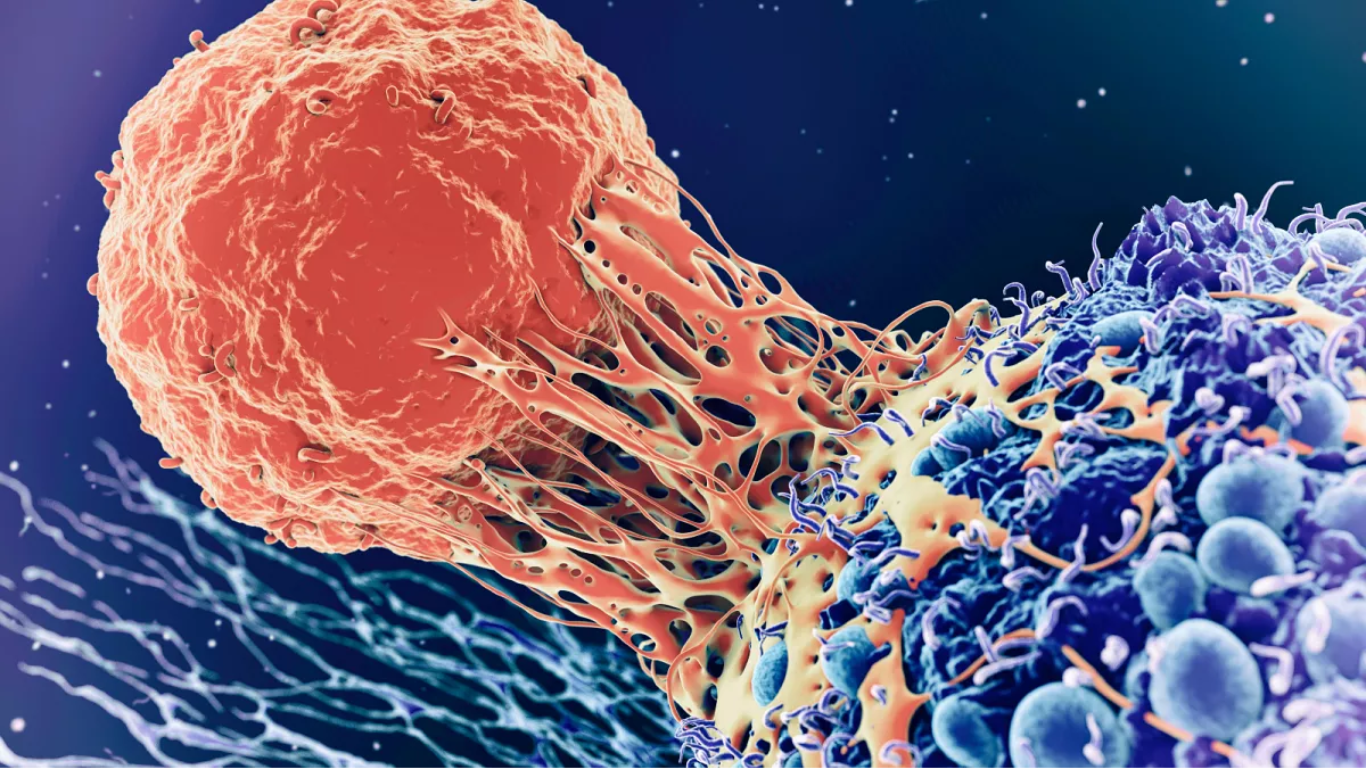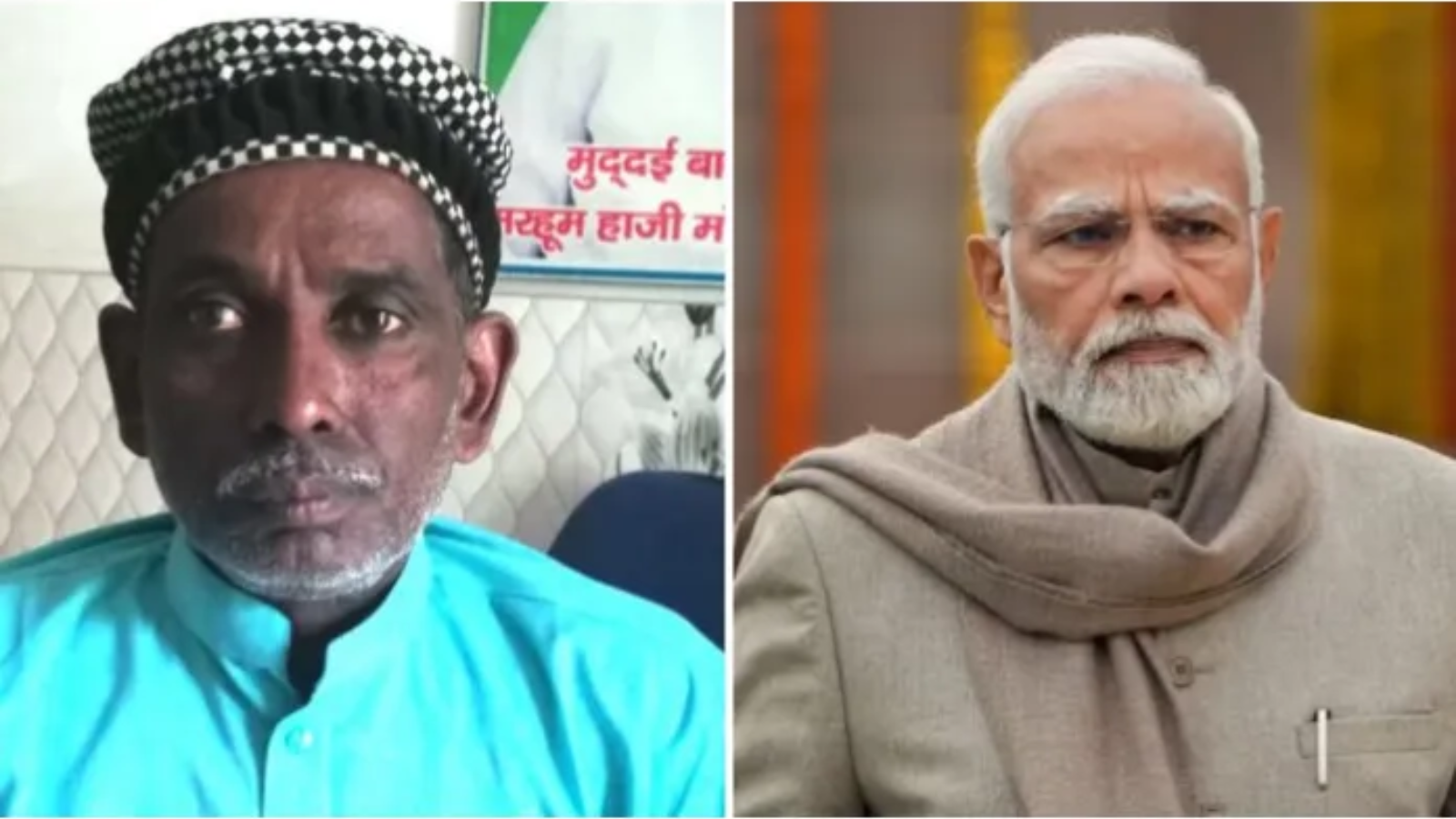









Early detection and treatment of children with spinal muscular atrophy (SMA), a genetic condition characterised by muscle weakness and wasting, may minimise the total financial expenditures associated with the disease, according to a recent study.
The study appears in the journal “Developmental Medicine & Child Neurology.” The total societal cost was lower in untreated patients (due to high drug costs in treated patients), but costs were lower in treated patients identified by newborn screening than in treated patients identified due to the development of symptoms in an analysis of data pertaining to 149 patients (93 untreated, 42 treated after symptoms arose, and 14 treated after early diagnosis).
“These data are important as they are issued from a real-life perspective collection. They demonstrate clearly that as long as the decision to reimburse treatments for SMA has been made, newborn screening becomes a no-brainer–not only because it gives patients a much better future, but also because it saves a significant amount of money for the taxpayer,” said senior author Laurent Servais, PhD, of the University of Liege, in Belgium and the University of Oxford, in the UK. “Using these data issued from the real world, we are working currently on a model that estimates the lifetime cost of the different strategies.”
For almost 60 years, the journal Developmental Medicine & Child Neurology (DMCN) has defined the disciplines of paediatric neurology and childhood-onset neuro impairment. DMCN disseminates the most recent clinical research findings throughout the world in order to improve the care and lives of handicapped children and their families.










